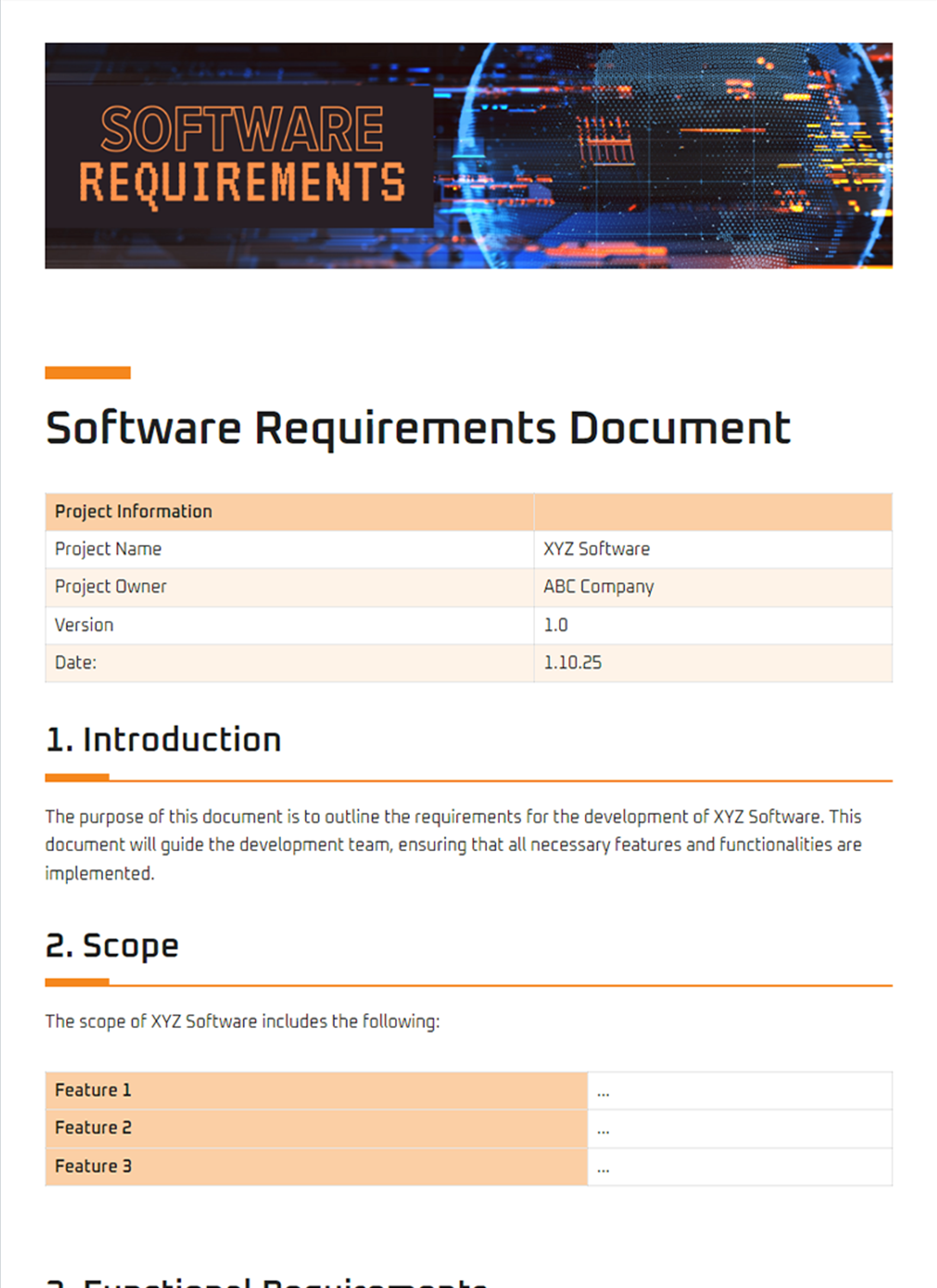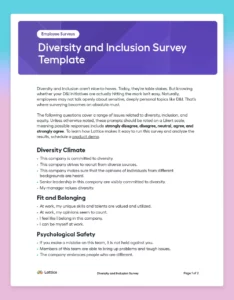Are you looking for a reliable and comprehensive requirements template for your software development project? Look no further! This article provides a detailed guide to crafting a robust requirements template that will serve as a solid foundation for your software development endeavors. We’ll cover everything from essential elements to best practices, ensuring you have the tools to capture and define your project’s requirements effectively.
A well-structured requirements template is crucial for successful software development. It helps gather, organize, and document the specific needs, expectations, and constraints of your project. By establishing a clear understanding of the requirements early on, you can prevent costly errors, reduce project risks, and ensure your software meets its intended goals and objectives.

What Should a Requirements Template Include?
Effective requirements templates should cover a range of essential elements. These include:
- Project Overview: A brief description of the project’s background, objectives, and scope.
- Stakeholder Identification: Lists all individuals or organizations involved in the project and their roles.
- Use Cases: Scenarios that describe the interactions between users and the software.
- Functional Requirements: Specific, measurable, and verifiable statements that define the desired functionality of the software.
- Non-Functional Requirements: Quality attributes such as performance, security, usability, and maintainability.
- Acceptance Criteria: Conditions that must be met for the software to be considered complete and acceptable.
- Glossary: Definitions of key terms and acronyms used in the requirements document.
- Revision History: A record of any changes made to the requirements.
How to Use a Requirements Template
Once you have a requirements template, follow these steps to effectively use it:
- Gather Requirements: Conduct interviews, workshops, and surveys to collect requirements from stakeholders.
- Organize and Structure: Group the requirements into logical categories and ensure they are clearly defined.
- Validate Requirements: Review the requirements with stakeholders to ensure they are accurate, complete, and consistent.
- Document Requirements: Use the template to create a formal requirements document that serves as the baseline for the project.
- Manage Changes: Track any changes to the requirements and communicate them to stakeholders promptly.
Conclusion
A well-crafted requirements template for software development is an invaluable tool that sets the stage for project success. By following the guidelines outlined in this article, you can create a comprehensive and effective requirements document that serves as a solid foundation for your software development project. Remember, the quality of your requirements will directly impact the quality of your software, so invest the time to define them clearly and accurately.
Embrace the use of a requirements template and enjoy the benefits of reduced project risks, increased stakeholder satisfaction, and a software solution that truly meets the needs of your organization.

